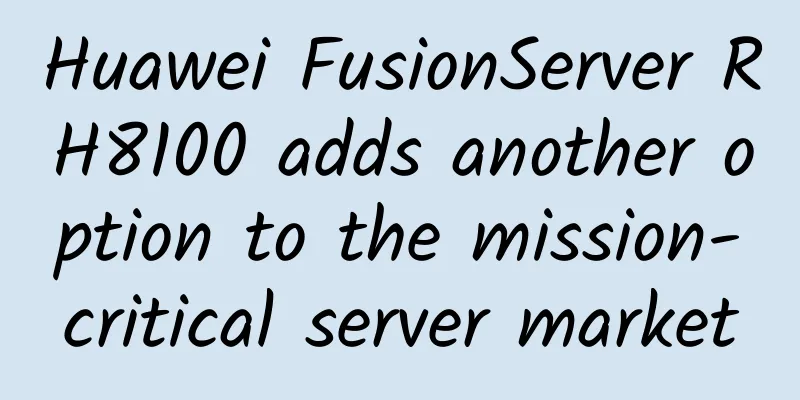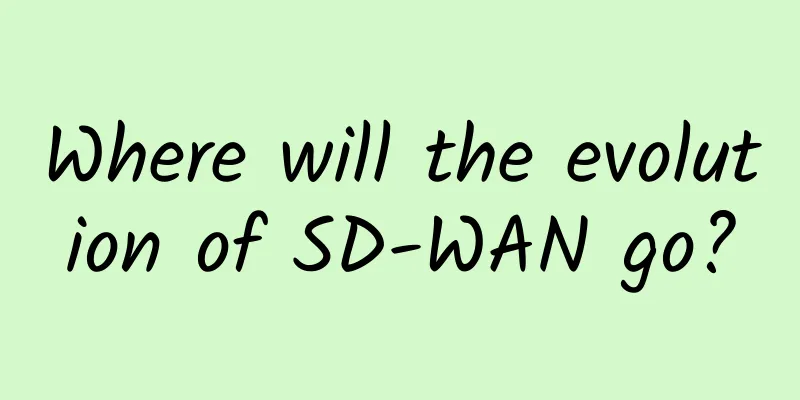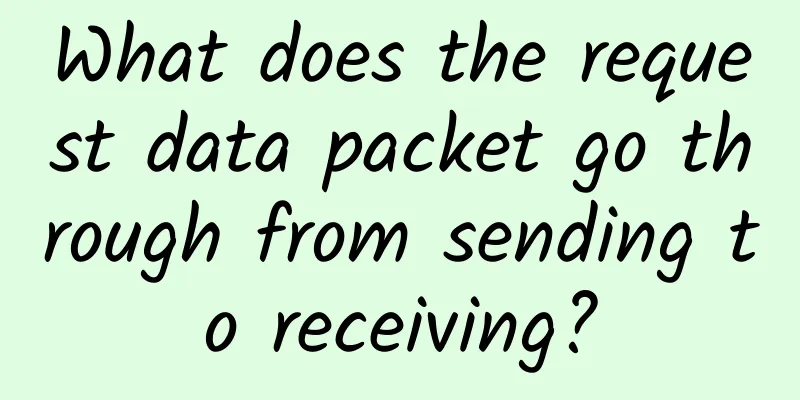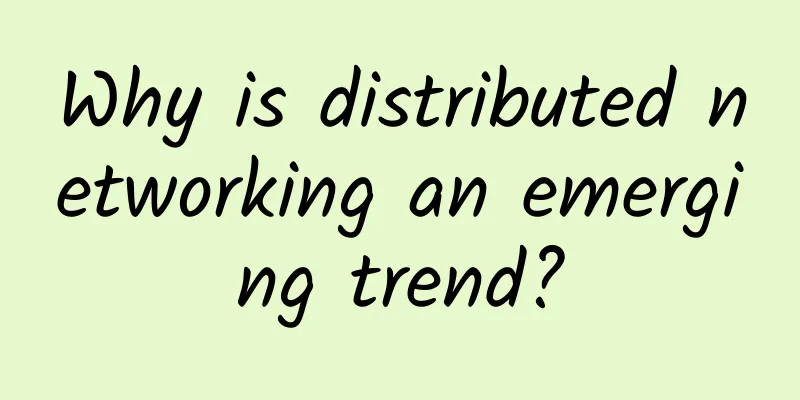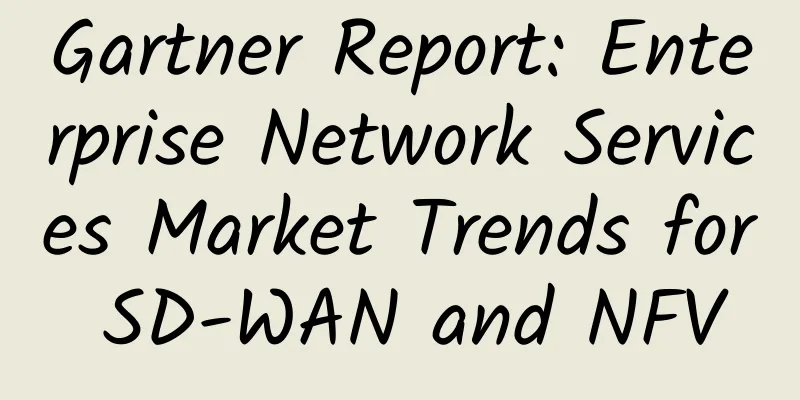5G, 6G and immersive technologies: Unlocking a better future through hyperautomation
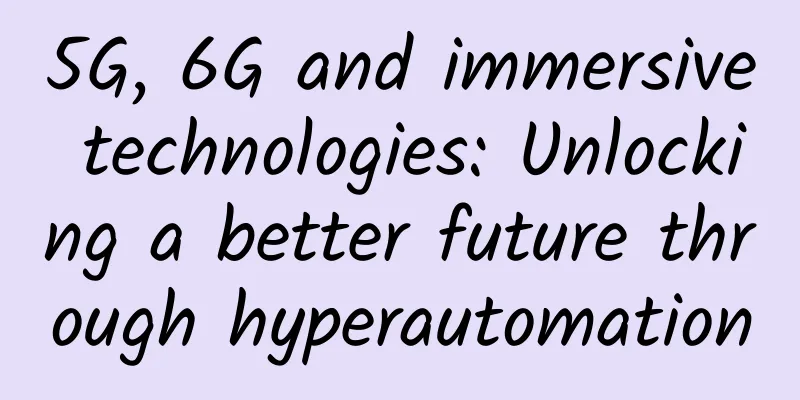
|
As the world becomes increasingly connected and technology-driven, the development of new mobile network technologies such as 5G and 6G and their interrelated link technologies is critical. 5G is the fifth-generation technology standard for broadband cellular networks and the latest generation of mobile network technology, offering faster speeds, lower latency, and greater capacity than 4G. 5G also opens new doors, allowing for more advanced applications such as artificial intelligence (AI), machine learning (ML), immersive technology, and the Internet of Things (IoT). 6G technology is still under development but is already behind the times and is expected to offer even faster speeds and more advanced capabilities in holographic communications and autonomous vehicles. New Industries and Use CasesAs mentioned above, 5G and 6G are shaping the future of mobile communications and creating new capabilities and opportunities for end users and industries. Many things that were impossible in the past are now possible today, and one exciting area is immersive technology. Virtual reality (VR), augmented reality (AR), mixed reality (MR), spatial computing, tactile technology, and new audio technologies are all designed to create a more immersive and engaging experience for users, and many of these innovations are already being used extensively in multiple industries such as entertainment, education, healthcare, aerospace, manufacturing, automotive, logistics, etc. For example, in manufacturing, AR allows workers to visualize and use data in real time, enabling them to make timely data-driven decisions, while in logistics, VR applications can visualize the entire warehouse and determine the best traffic routes, as well as which route is the shortest and fastest. The role of hyperautomationOne innovation that will be extremely beneficial for 5G, 6G, and immersive technologies is hyperautomation, a game-changing technology that plays a vital role in realizing their full potential. Through hyperautomation, 5G and 6G can provide faster, more reliable, and more secure connections with lower latency and more bandwidth on demand. These capabilities enable new use cases and further drive innovation across industries. Hyperautomation is expected to drive further innovation in immersive technologies through improved quality assurance and experience, more efficient data management, faster deployment, enhanced maintenance, and more. Hyperautomation rapidly automates processes and activities that have been made obsolete by powerful advanced applications and technologies, while replacing manual tasks that were previously impossible due to technological limitations. For example, the low latency and high speed of 5G and 6G networks can enable real-time automation of processes such as predictive maintenance in manufacturing, remote surgery, and autonomous driving. By rapidly automating processes and activities at scale, hyperautomation not only improves the accuracy of data collected and the speed at which data is received/delivered, but it also allows end users to make decisions and changes faster than ever before using more accurate data; and, for those using immersive technologies, a more realistic and interactive real-time experience. In addition, hyperautomation can help companies implement 5G and 6G technologies in a secure and scalable manner. As these technologies are adopted on a larger scale, security and privacy issues will become more pressing. Hyperautomation can help companies manage these issues by automating security processes such as threat detection and response, which can be time-consuming and resource-intensive to perform manually. The benefits of hyperautomation(1) Improve efficiencyAutomating repetitive tasks through hyperautomation can make processes more efficient. For example, in the fintech sector, hyperautomation can detect and flag suspicious transactions and patterns in real time, which is impossible for humans to do. This not only increases the speed and efficiency of the process, but also reduces the risk of human error. (2) Improve accuracyHyperautomation can help improve the timeliness and accuracy of operations. For example, in the telecommunications industry, hyperautomation can be used to automate orchestration, assurance, and analytics processes, as well as identify patterns and insights that allow for real-time optimization and self-adjustment of network conditions. (3) Reduce costsHyperautomation is often used to reduce costs by automating tasks and processes. For example, in manufacturing, hyperautomation can automatically monitor and control environmental factors in the production area, which directly affects the quality of the final product. In addition, hyperautomation can also be used to track and optimize inventory, plan production schedules, predict equipment failures, reduce or prevent downtime, and improve overall efficiency. (4) Improve user experienceBy using hyperautomation to automate tasks such as customer service, you can enhance the user experience and improve customer retention. For example, companies can use hyperautomation technology to create chatbots that use the collected data to provide customers with quick and accurate answers to their questions, improving the customer experience and reducing the burden on the service team. (5) Better interactionHyperautomation can help improve the interaction between 5G, 6G, and immersive technologies. The faster speeds and lower latency of 5G and 6G will enable more advanced applications and provide users with a more seamless experience. Moreover, by leveraging hyperautomation, these technologies will be able to provide a more accurate and efficient experience. For example, in autonomous vehicles or V2X scenarios, hyperautomation can dynamically optimize network conditions based on users' traffic configurations, provide guarantees for on-demand creation of virtual network slices for industrial or logistics scenarios, and ensure protection of mission-critical applications through advanced threat analysis involving AI/machine learning components. Enabling future technologiesHyperautomation is becoming an enabler of 5G, 6G, immersive technologies, and mobile communications. Not only has hyperautomation greatly helped in achieving comprehensive automation of tasks and processes, but this must-have technology also improves the accuracy of decision-making, reduces costs, and improves user experience. Hyperautomation fills the missing link between 5G, 6G, and immersive technologies, enabling better interactions at extremely high speeds, and plays a key role in helping businesses take advantage of the full benefits of these technologies while addressing the challenges that come with introducing them. All in all, the future looks very bright when these technologies come together, and it is exciting to see how hyperautomation will shape people's world and create a brighter future. |
<<: The future of connectivity: Five breakthroughs in smart device research for 2023
>>: Knowledge graph, a new choice for getting rich quickly oO!
Recommend
With spectrum deployment and commercialization accelerating, how far is it from 5G clearance?
On June 15, 2017, the global 5G entered a critica...
What are the similarities between social concepts and the SDN model?
The social principle seems to have a strange conn...
Overview of 5G Industry Terminal Development
With the continuous development of the fifth gene...
Intranet master-slave smart DNS, no more worries
[[432985]] This article is reprinted from the WeC...
IDC: Global Ethernet switch and router markets mixed in the second quarter
According to the Ethernet Switch and Router Quart...
Three tips for solving bandwidth issues in small government offices
In the wake of the pandemic lockdown, many govern...
DogYun (狗云) Mid-Autumn Festival 21% off, top up 710 yuan to get 71 yuan, lucky big wheel draw 50% off
DogYun is a Chinese hosting company that provides...
Header comparison between IPV4 and IPV6
An IP packet consists of two parts: header and pa...
What is the function of each layer in the computer network layered model?
1. Layering of computer networks In the computer ...
9 correct views on the cancellation of data roaming charges
On July 1, data roaming charges were officially c...
5G modem and processor shipments surge
[[389359]] Data from the Global Mobile Suppliers ...
Post-700MHz Era: New Game Plan for 5G Competition
[[383093]] After more than eight months of negoti...
Kvmla's 10th anniversary: 50% off for annual VPS and 20% off for monthly VPS, old users get 100 off for 500 RMB, 15% off for Singapore/Japan dedicated servers
Kvmla has not released promotional information fo...
5G small base stations are expected to usher in great development to help 5G empower thousands of industries
As my country's 5G outdoor continuous coverag...
The new round of 5G construction blueprint is being drawn up, and the "multiplication effect" highlights the acceleration of industrial transformation
According to the "5G Industry Development Wh...
